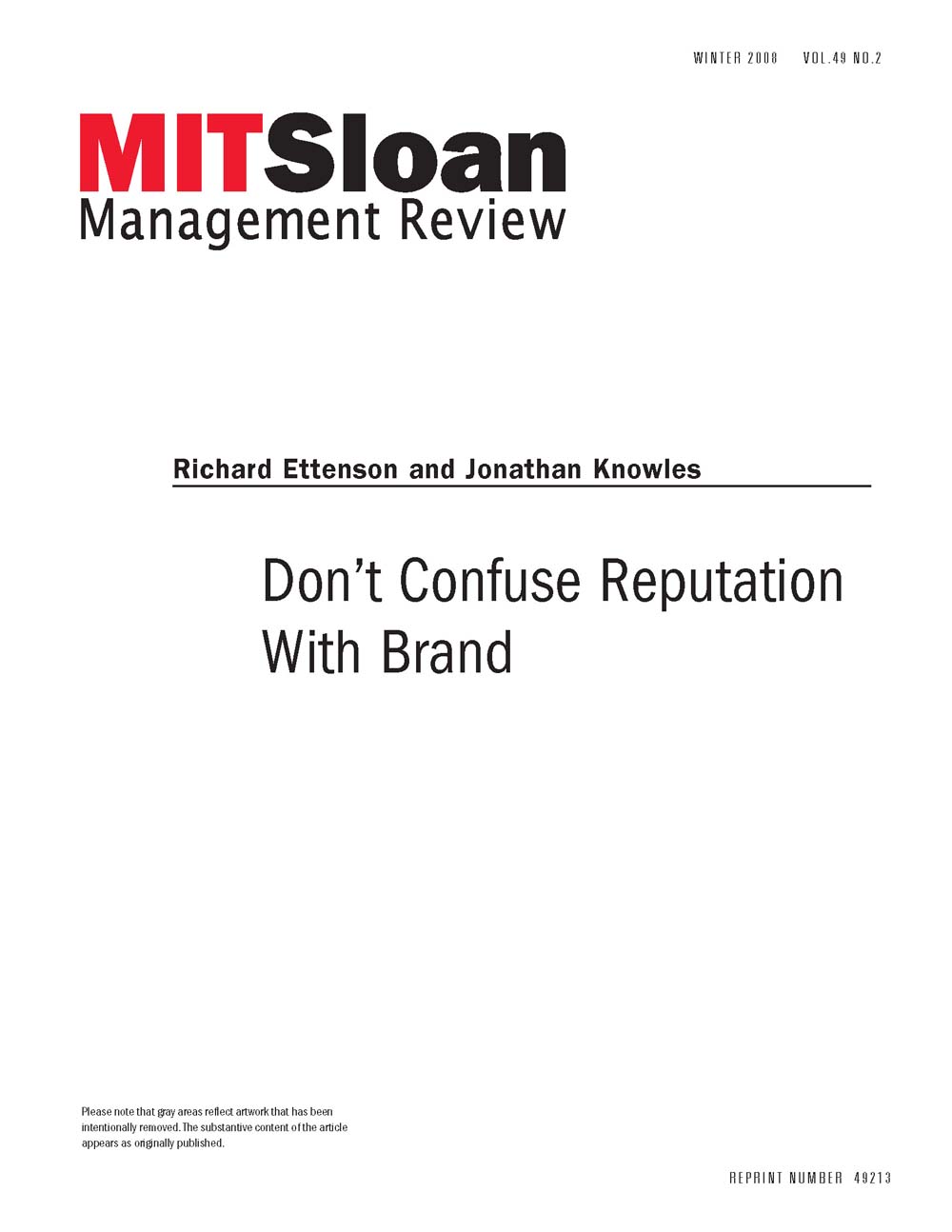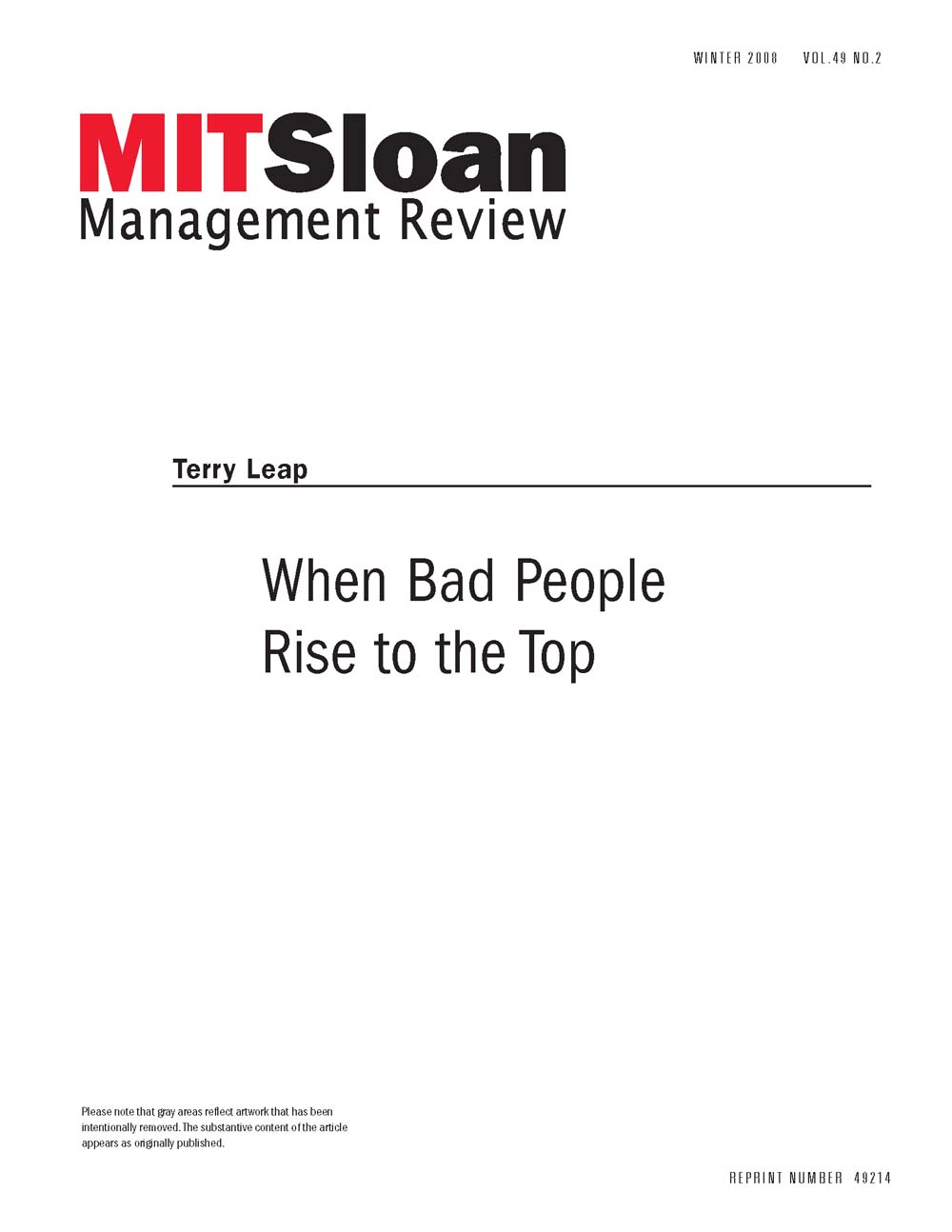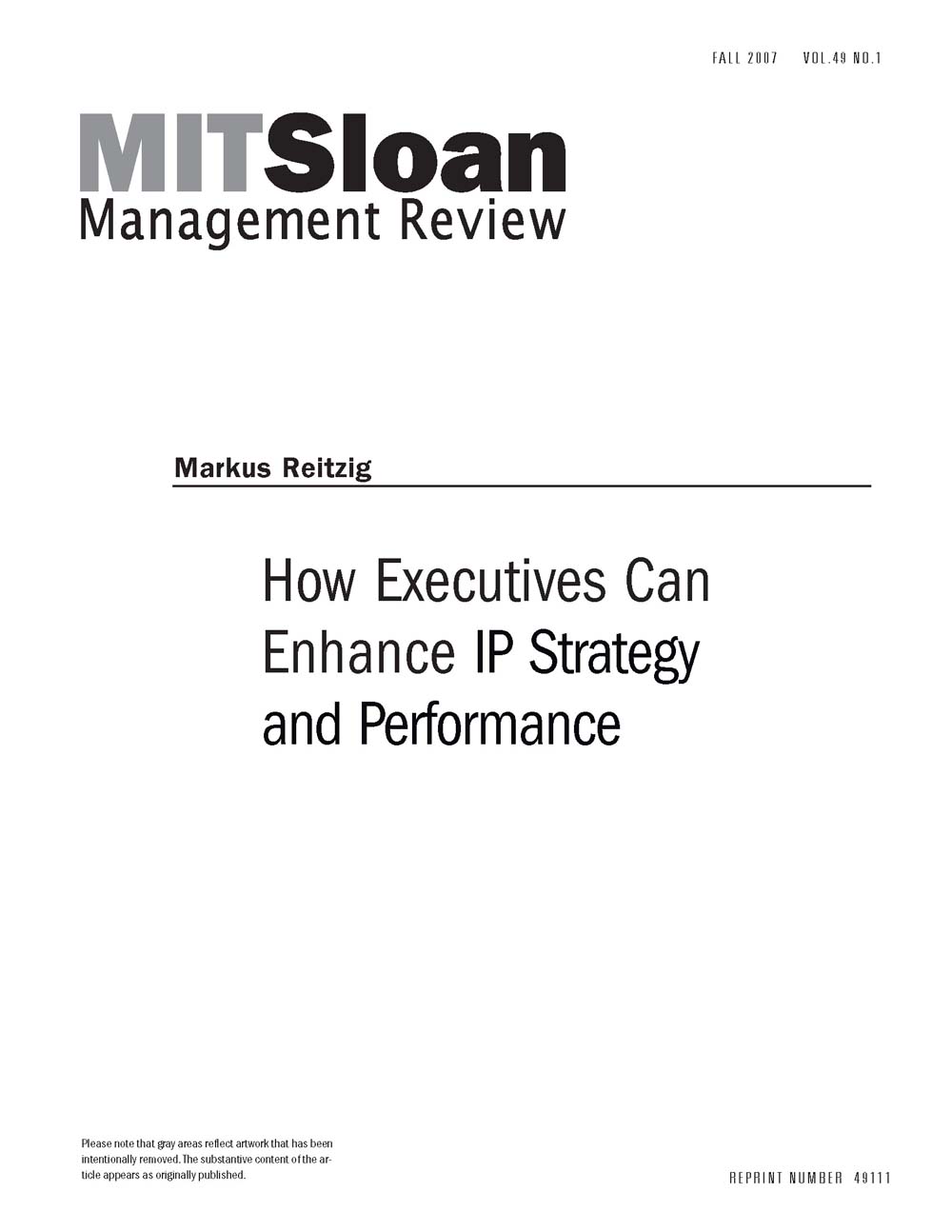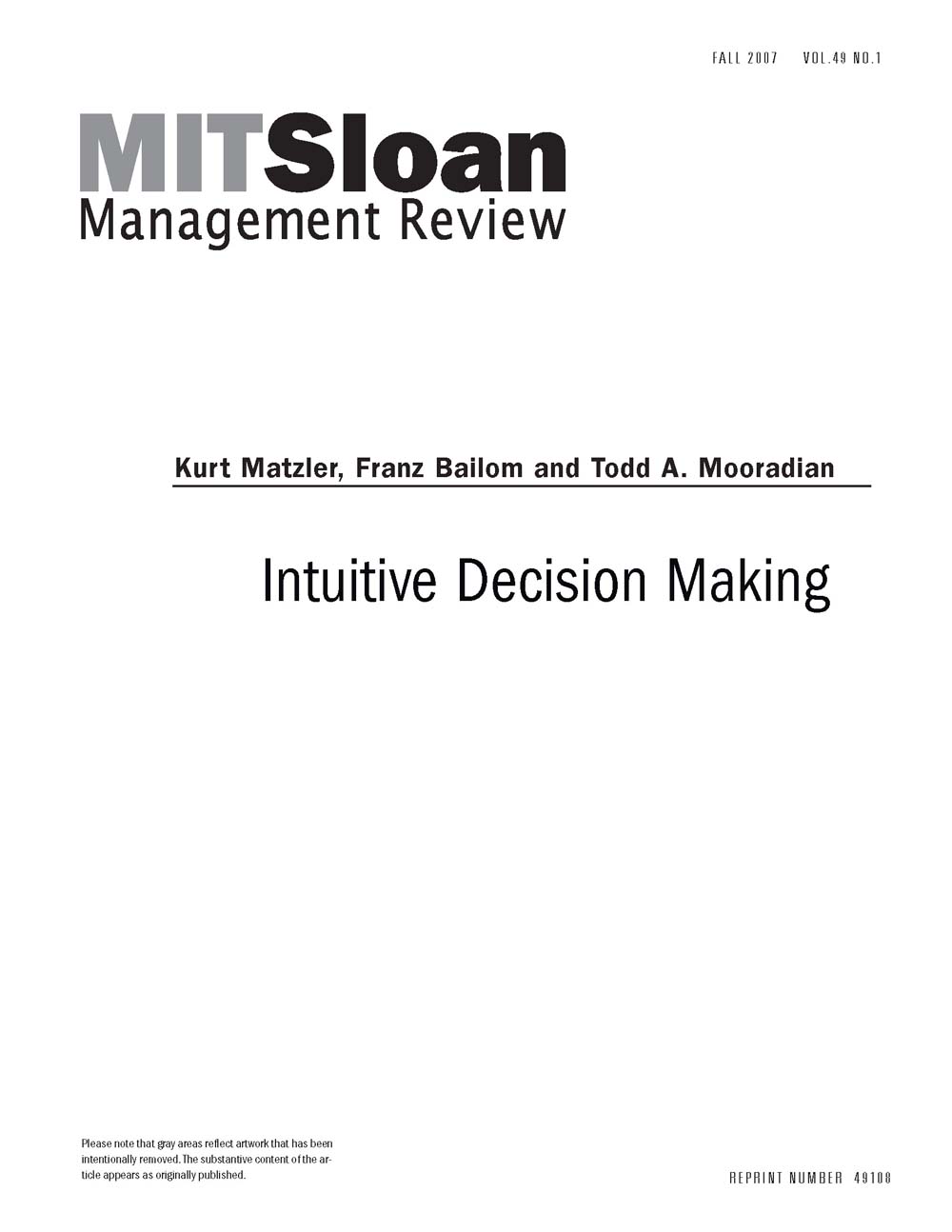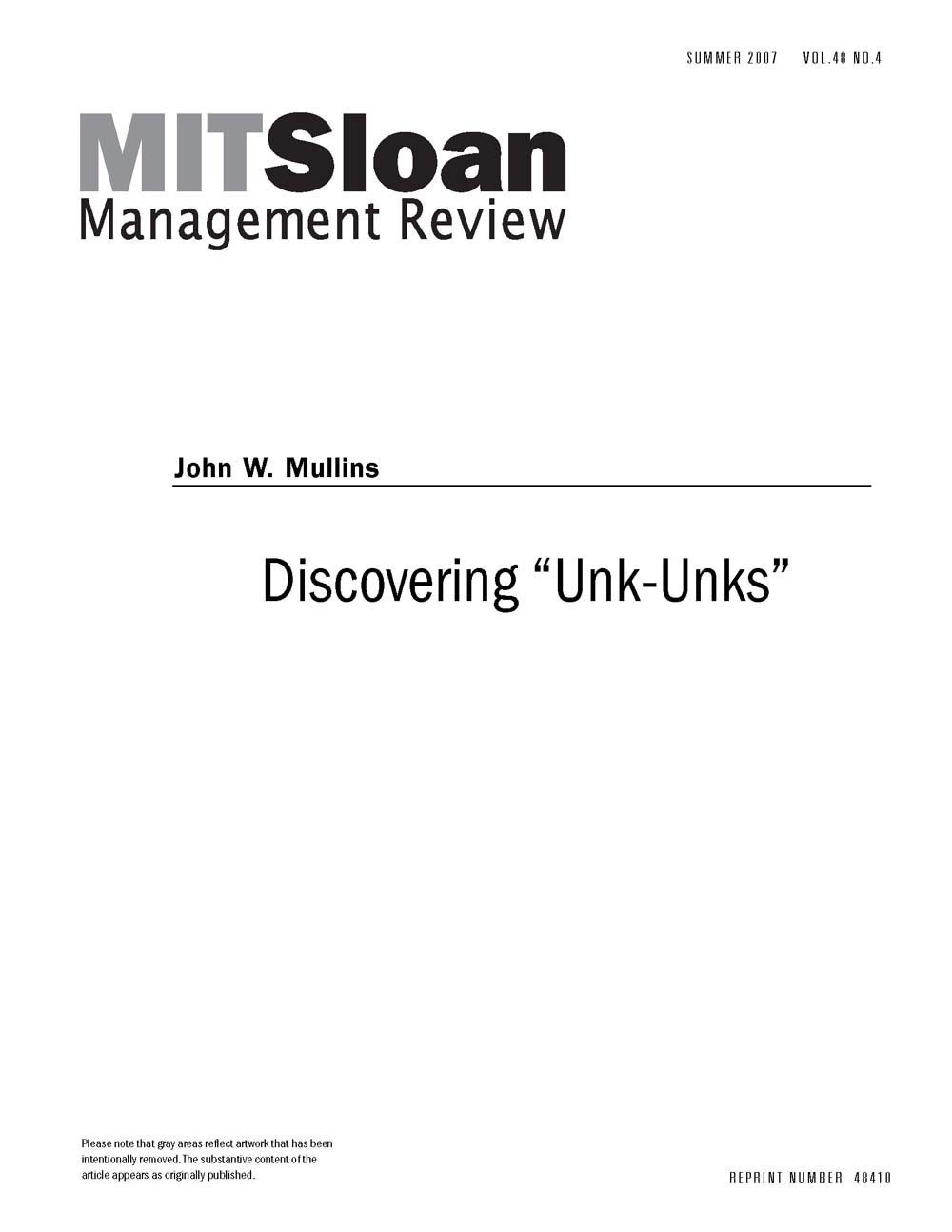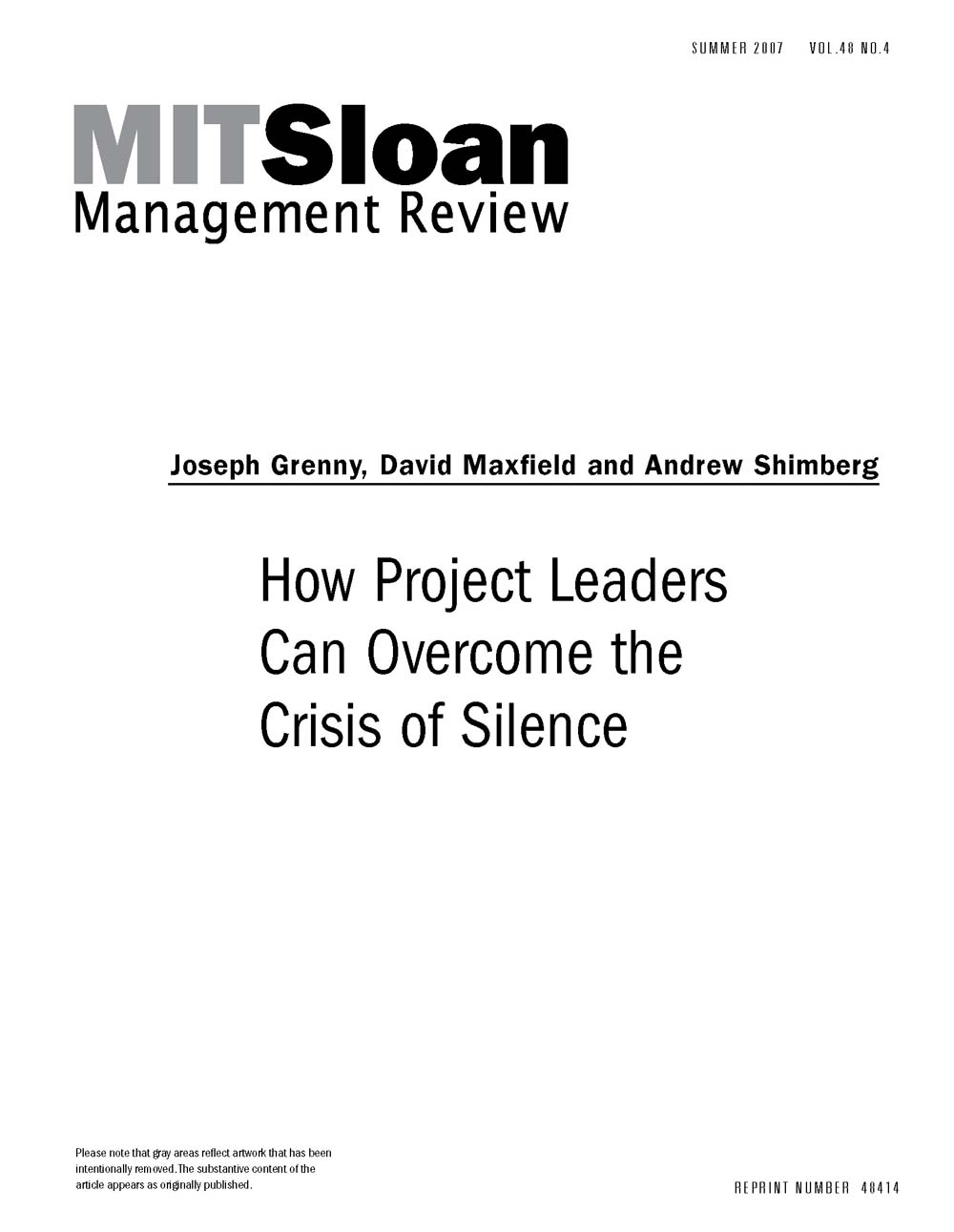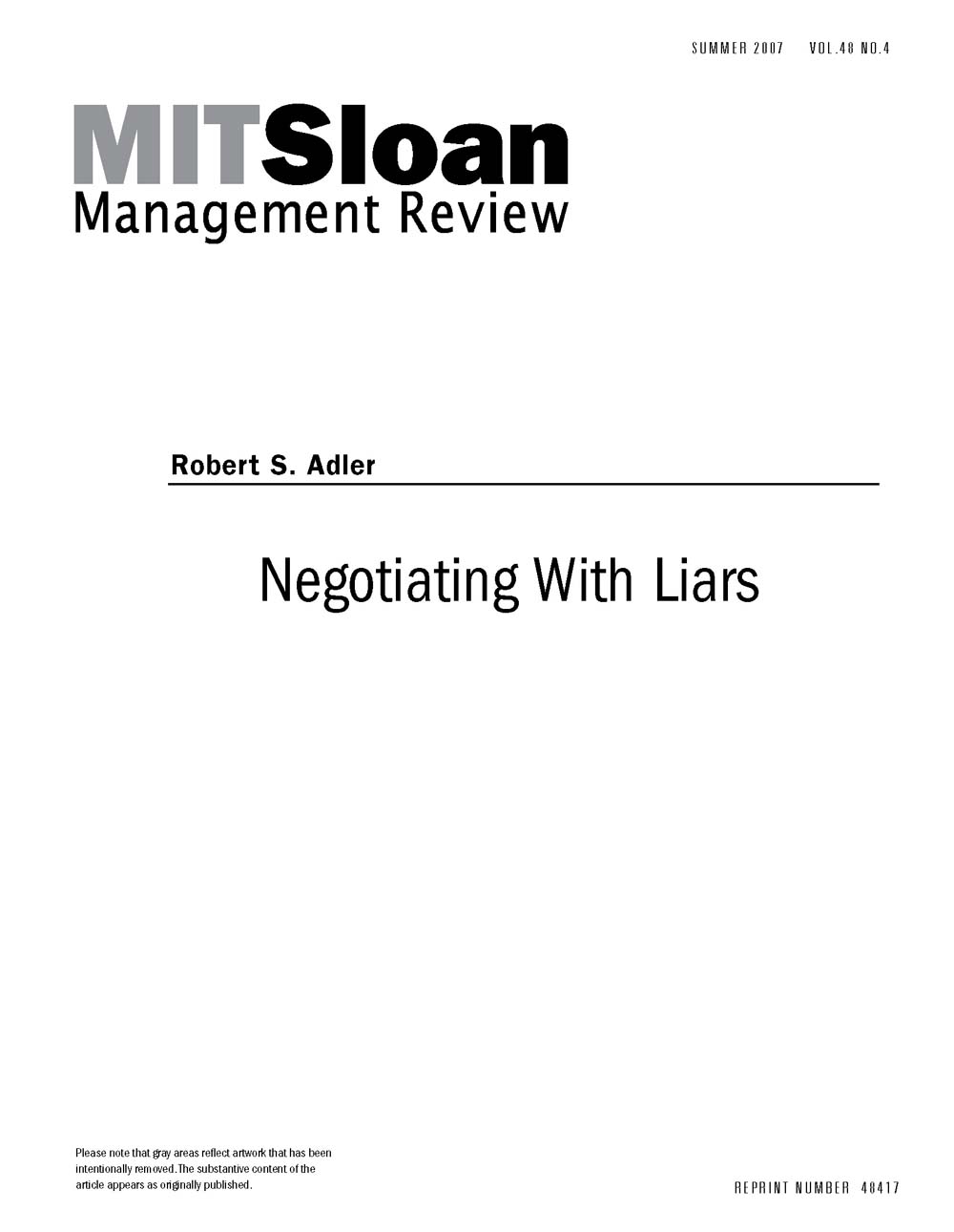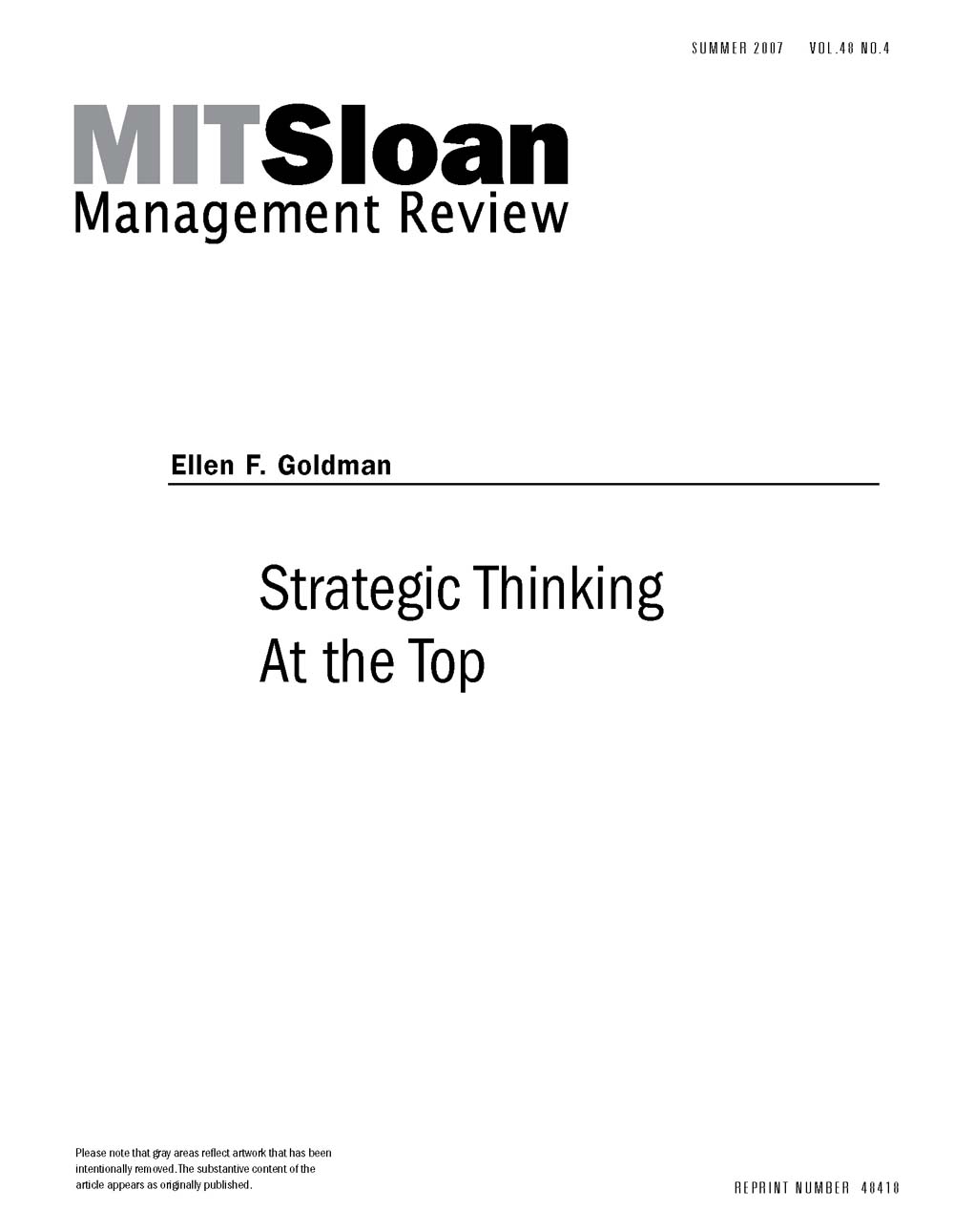Many executives speak about corporate reputation and brand as if they are one and the same. They are not, and confusing the two can be costly -- a lesson which companies like Nike Inc. and Wal-Mart Stores Inc. have learned the hard way. Focusing on reputation at the expense of brand can lead to product offerings that languish in the market. However, concentrating on brand and neglecting reputation can be equally dangerous, resulting in a lower stock price, difficulties in attracting top talent and even product boycotts. Brand is a "customercentric" concept that focuses on what a product, service or company has promised to its customers and what that commitment means to them. Reputation is a "companycentric" concept that focuses on the credibility and respect that an organization has among a broad set of constituencies, including employees, investors, regulators, journalists and local communities -- as well as customers. In other words, brand is about relevancy and differentiation (with respect to the customer), and reputation is about legitimacy of the organization (with respect to a wide range of stakeholder groups, including but not limited to customers). For most companies, even an outstanding reputation almost never comprises any unique characteristics that an organization can own and be known for. In short, reputation is a necessary but not sufficient condition for excellence because companies also need strong brands, which are characterized by high customer loyalty, pricing power and the ability to drive growth. Ultimately what drives customer preference and revenue is the ability of a company to create relevant products, services and brands and communicate and deliver them in a way that customers want to buy. Thus, executives need to do more than just keep their company's reputation on track. They need to differentiate their offerings in ways that win the hearts, minds and wallets of customers, and what helps make a company and its products special and preferred is its brand, not its reputation.
Leadership P. 8
Page 18 of 30
-
When Bad People Rise to the Top
Observers are often amazed when executives with impressive track records are mysteriously transformed into corrupt and tyrannical monsters once they become chief executive officers. In truth, these executives often had serious character flaws that were either hidden or ignored for years. Corporate boards and search committees are not likely to detect personality problems of promising CEO candidates simply by examining their resumes or by conducting standard job interviews. This raises the question of how corporate boards or CEO search committees can penetrate the facade of an upwardly mobile executive who is, in reality, a wolf in sheep's clothing. What danger signals do these individuals exhibit and what measures can be taken to reduce the likelihood of hiring a dysfunctional CEO? The author identifies eight potential danger signals including: an obsession with acquiring prestige, power, and wealth; a proclivity for developing grandiose strategies with little thought toward their implementation; and a fondness for a data-driven management style that overshadows or ignores a broader vision. Even sterling CEOs occasionally exhibit one or more of the danger signals described here. Potentially bad CEOs, however, usually possess several of these characteristics, and they exhibit them repeatedly. There is no ideal method for selecting a CEO, and there may be no executive position that provides a true test of a person's fitness to assume the top job, but there are several ways that a company can limit its risks when deciding on a CEO. Boards are usually cautious when looking at CEO candidates from outside the organization. They are more likely to be lulled into a sense of complacency, however, when considering an internal candidate. Some suggestions for screening prospective CEOs include disregarding the time-tested rule that past success is a predictor of future success, performing a thorough background check that focuses on a candidate's integrity and interpersonal skills and using experience-based interviews to test CEO finalists
-
How Executives Can Enhance IP Strategy and Performance
How are companies approaching intellectual property strategy, and what are successful strategies for managing IP? To explore such questions, the author and his research team conducted a detailed survey of senior IP executives at 34 companies. The survey findings indicate that IP has become an area of focus for the executive committee and the board at many companies. What's more, the study found that top executives' involvement in IP strategy was correlated with better IP performance. Analysis of the survey data suggests another intriguing point: Some companies are now using an approach to IP strategy that the author calls "full-fledged IP protection." This "full-fledged IP protection" strategy includes seeking technical and nontechnical IP protection for even minor inventions, in an attempt to "pack" technology spaces with IP claims. This practice differs from a classic IP strategy of using IP to support core research and development. At least in some industries, this change in IP use may, the author suggests, be causing the nature of IP competition to shift from the world of "real" products to that of "potential" products. The study also found that, in the companies surveyed, IP-related tasks often entail cooperation among staff from different functional areas within a company, such as product designers and patent and trademark attorneys. Having clear-cut rules about IP at the functional level was associated with better IP performance in the companies surveyed, as was having corporate management devote time to listening to the company's most senior IP officers. On the other hand, failure to sell or license out IP when circumstances facilitated or necessitated such a trade was associated with significantly lower IP performance. In addition to the survey data, the author conducted interviews with senior executives from two of the participating companies: Lars Rebien Sorensen, the CEO of Novo Nordisk A/S, a healthcare company with a specialty in diabetes care; and Dr. Gottlieb Keller, a member of the corporate executive committee of the healthcare company F. Hoffmann- La Roche Ltd. In these interviews, Sorensen and Keller discussed the role of corporate leaders in IP strategy at their respective companies.
-
Intuitive Decision Making
Should executives make decisions based on what their "gut" tells them? Lately that idea has lost some favor, as technology's ability to accumulate and analyze data has rapidly increased -- supplanting, according to some accounts, the high-level manager's need to draw heavily on intuition. But intuition needs some rescuing from its detractors, and the place to start is by clarifying what it really is, and how it should be developed. Intuition is not a magical sixth sense or a paranormal process; nor does it signify the opposite of reason or random and whimsical decision making. Rather, intuition is a highly complex and highly developed form of reasoning that is based on years of experience and learning, and on facts, patterns, concepts, procedures and abstractions stored in one's head. In this article, the authors draw on examples from the worlds of chess, neuroscience and business -- especially Austria's KTM Sportmotorcycle AG -- to show that intuitive decision making should not be prematurely buried. They point out that although the study of intuition has not been extensively explored as a part of management science, studies reveal that several ingredients are critical to intuition's development: years of domain-specific experience; the cultivation of personal and professional networks; the development of emotional intelligence; a tolerance for mistakes; a healthy sense of curiosity; and a sense of intuition's limits. Companies should, of course, continue to exploit their abilities to mine data as a means of obtaining a competitive edge. But they shouldn't overlook the continuing value of experienced executives who can draw on their intuition to make decisions when the numbers yield a question rather than an answer: Now what do we do?
-
-
Discovering “Unk-Unks”
How innovators identify the critical things they don’t even know that they don’t know.
-
How Project Leaders Can Overcome the Crisis of Silence
Five conversations — often avoided — are essential to the success of any high stakes project.
-
Negotiating With Liars
Numerous studies confirm that few people can make it through a typical day without lying. So it should not be surprising that falsehoods and deception are widespread in business negotiations as well. The unspoken, and perhaps unconscious, thought is that if everyone lies, why is it so bad? The author examines legal and ethical views of lying, noting that while courts often hold parties to the truth of their representations, negotiators have many ways to mislead the opposing side. For example, negotiating tactics such as nondisclosure and evasion are rarely considered illegal. Indeed, it is often possible to avoid liability by using misleading behaviors that make no representations but which seem to. In light of the moral and legal ambiguity of lying, the author offers suggestions for how to detect lies and how to protect oneself against bargaining deception including: establishing negotiating ground rules before the discussions begin, asking the same question in different ways, asking questions to which you already know the answer, including written claims in the final agreement, using contingent agreements or using an escrow agent or a performance bond.
-
Strategic Thinking at the Top
Business schools and others interested in management education and development have vigorously debated how best to teach strategy to future leaders. Some experts have questioned whether the topic should be taught at all -- or at least whether it should be taught to managers. Often missing from the debate, however, has been any in-depth discussion of how individuals learn to think strategically in the first place. What specific experiences are important and how do they contribute? Moreover, what are the different ways in which people absorb those experiences to develop the ability to think strategically? To answer these and other questions, the author conducted a study that identified executives who were considered the top strategic thinkers in their industry. The study then investigated the totality of experiences (educational, job related or other) that contributed to the high ability of those individuals. In addition, the research investigated the different ways in which the executives acquired their expertise in strategic thinking -- a process that typically took more than a decade The data showed that strategic thinking arises from 10 specific types of experiences -- for instance, spearheading a major growth initiative or dealing with a threat to organizational survival. Moreover, executives appear to gain their expertise in strategic thinking through one of three developmental patterns. These findings help demystify the process by which strategic thinking is learned, offering important implications for management development and the practice of strategy.
-
Do Stronger Laws Prevent Corporate Crime?
Societal consequences give power to formal sanctions.



